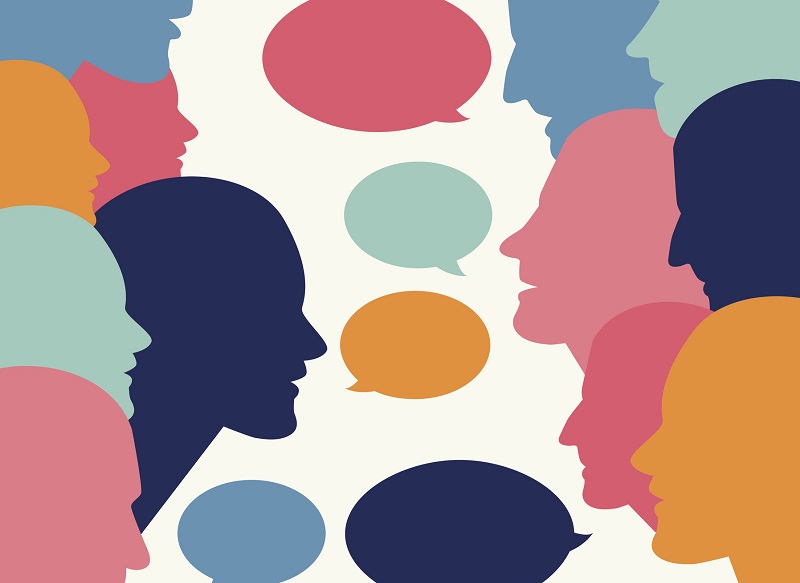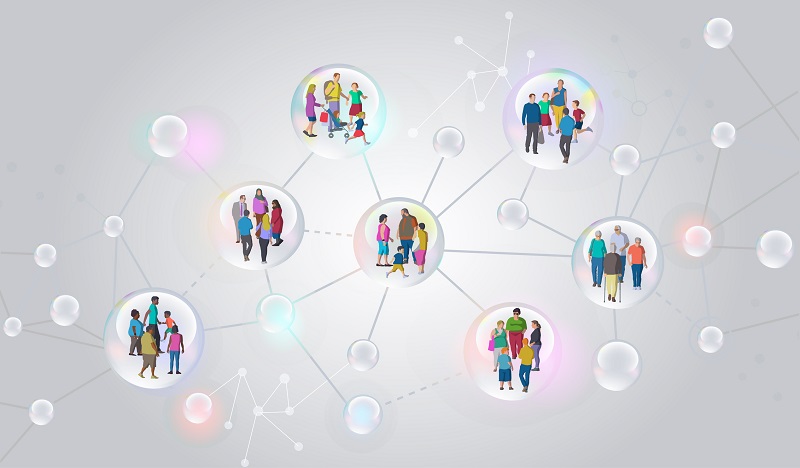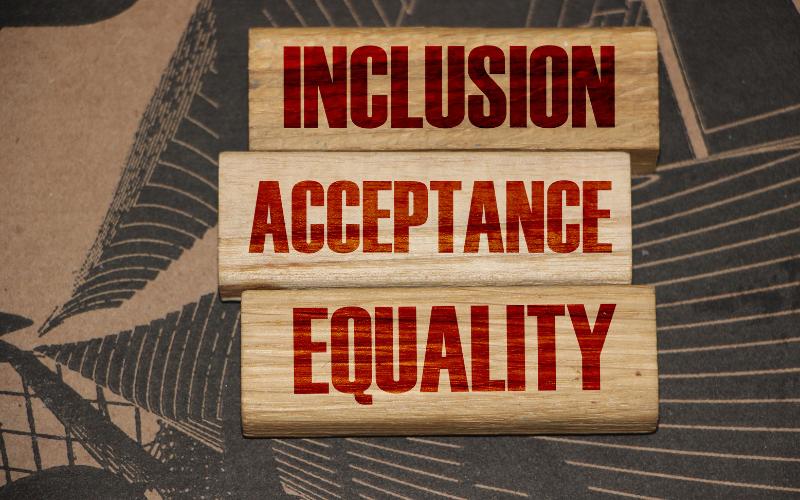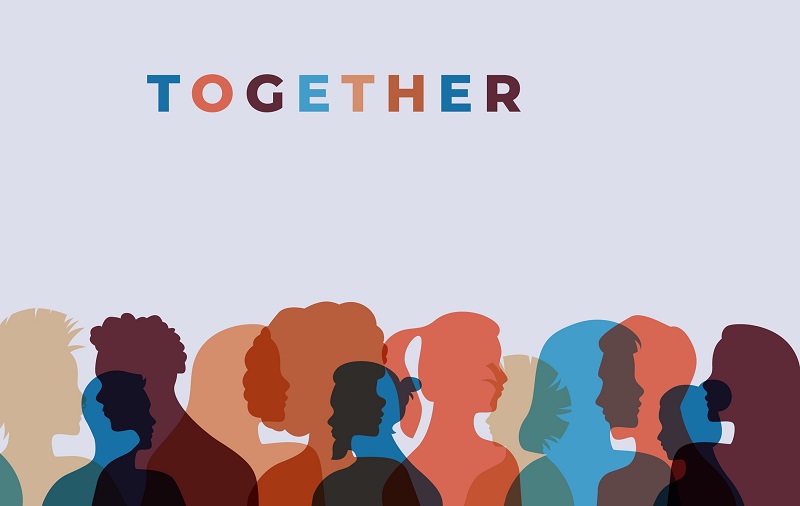As organisations come under mounting pressure to attract, engage, and hold on to their people through the ‘great resignation,’ Employee Resource Groups (ERGs) – once considered a ‘nice to have’ – are flourishing.
In fact, according to The Employer Assistance and Resource Network, 90% of Fortune 500 companies have ERGs. Notably, this includes Microsoft; the company ranked number one for diversity and inclusion in 2020. That’s because companies with ERGs don’t just have happier, more engaged employees; they also perform better and stay in their jobs longer.
Despite their recent momentum, ERGs aren’t new; they started forming in the seventies to respond to racial tensions in the US. In recent years they have had a resurgence due to growing interest among workers, investors, and consumers in more inclusive corporate cultures, in part due to social justice and equality movements like Black Lives Matter and #Metoo.
Leading the Women’s Network employee resource group (ERG) for my company, Achievers, back in 2016 – a role since passed on to colleagues – was one of the richest moments of my career. So many colleagues and people in the wider business community have been generous with their time, compassion, and creativity that I wanted to ‘pay it forward’ by sharing my experiences and advice with others looking to set up ERGs.
Tip 1: Get started!
The employee voice is your compass.
It sounds so simple, but my first piece of advice is: just start and follow your gut! Don’t overthink it, or you will almost surely talk yourself out of it. Any self-doubt that you may have is completely valid. Recognise the fear, but then allow it to pass by like a cloud and march forward.
Tip 2: Have clear intentions
Before I stepped into the Women’s Network, there were different perceptions about the group’s intentions across the business. So, we started with a rebranding and communication effort to explain our mission, which was to give the women at Achievers a space to learn from each other and gain access to tools and experiences. The programming we created and the people and allies we attracted all centred on the pursuit of that mission.
Remember: you don’t have to boil the ocean. You can start by doing one thing well, making that your brand and evolving it over time.
Tip 3: Bring your authentic self, and your goals, to the table
You’re likely going to be volunteering considerable time and energy to run an ERG. That’s why it’s so important to identify goals that are really going to energise you, keep you motivated and allow you to be your authentic self, so it doesn’t feel like work.
One personal goal that was near and dear to my heart was establishing a mentorship programme. I remember wondering: “if I didn’t have the encouragement from my family to step outside of my comfort zone, would I have ever harnessed the courage to walk up to a colleague I admired and ask them about their story?” Probably not. So I wanted to create a foundation to make that easily accessible to anyone who might need it.
Tip 4: Lead with passion and purpose (not perfection)
The principle behind the mentorship programme, which I designed with my colleague David Sinyi, was to be as agile as possible. We weren’t aiming for perfection, just to get something out there, gather feedback, and continuously adapt and improve. Now the programme is in the capable hands of skilled people who can take it to completely new heights. This was a ‘passion project’ that I decided to freefall into, trusting that it would just work out – and it did.
Tip 5: Offer a variety of programming
Everybody engages differently, so we decided to run various initiatives to cater to different peoples’ needs. For example, the women’s network programming included a storytelling series – always accessible online – where we interview people across the business at different parts of their careers to explain what happens behind the scenes and the tools they used to help them succeed. The honesty and authenticity of this series were what made people gravitate toward it.
Our “Only One In The Room” annual event – a 90-minute fireside chat on how to be a better ally to marginalised groups, started in 2019. These goals were to empower our people with greater awareness of what microaggression interactions look like and how they impact marginalised groups and provide tools to be better allies.
Tip 6: Widen your field
You don’t need to identify as a woman to be part of the Achievers Women’s Network. The ERG is enriched by amazing volunteers and allies who represent a wide range of identities and social groups. Some may feel that widening the field in this way is removing safe spaces for women to communicate openly. However, in my experience, inviting allies to ask questions, learn and contribute to workable solutions meant that the exact opposite turned out to be true.
You need to set ground rules, and it takes empathy, compassion, and patience, but the benefits far outweigh the extra effort it takes to overcome preconceptions. What really strikes me when meeting in diverse groups isn’t so much our differences but how much we all share in common and how well most people’s intentions are.
A key thing that set the women’s ERG apart was inviting external partners to participate. I didn’t necessarily plan this, but I just couldn’t help myself! I would instinctively reach out to the organisers of industry events and invite them to collaborate with us. We ended up building a community that was external to Achievers. Unusually for an internal ERG, we used social media to help democratise what we were learning. Because of that, members of the Toronto business community external to Achievers would participate in some of our events.
Tip 7: Show others their superpowers
And finally, in running an ERG, you’re going to rely on lots of volunteers, sponsors, mentors, and allies. One of the superpowers that I inherited from my mom is showing other people their superpowers. So it was a natural instinct for me to make sure that any volunteer working with us was working on things they were really passionate about because those are the things that got done.
I wish you the very best of success in setting up your ERG. Feel free to connect with me on LinkedIn if you have any questions.
By Bianca West, Head of Professional Services EMEA and DEI Committee Chair, Achievers









